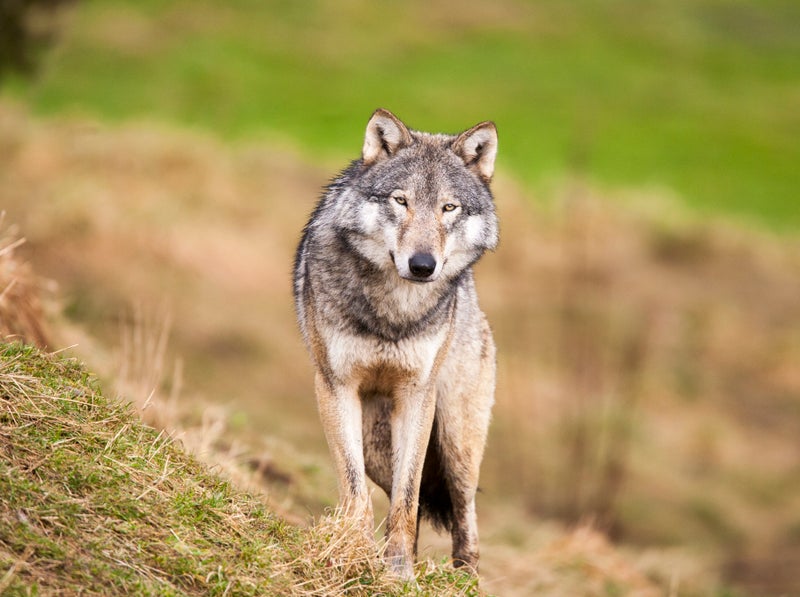Researchers say the animals could keep red deer numbers under control, leading to storage of 1m tonnes of CO2. Reintroducing wolves in the Scottish Highlands could lead to an expansion of native woodland, which could take in and store 1m tonnes of carbon dioxide a year, researchers have suggested. A study led by researchers at the University of Leeds said that reintroducing the species into the Cairngorms, as well as the south-west, north-west and central Highlands could help curb the problem of red deer eating tree saplings, which stops natural woodland regeneration.
The scientists estimated that if wolves were reintroduced, a population of about 167 of the animals would thrive, which they said would be enough to reduce red deer populations to a level that would allow trees to regenerate naturally. The research suggested this alone could contribute to about 5% of the carbon removal target for UK woodlands, roughly equivalent to 1m tonnes. The study estimated that each wolf would lead to an annual carbon uptake capability of 6,080 tonnes of CO2, making each wolf worth about £154,000, using accepted valuations of carbon.
The research, which was published on Monday in the Ecological Solutions and Evidence journal, is the first time that the impact of reintroducing wolves would have on woodland expansion and carbon storage in the UK has been recorded. The study’s lead author, Prof Dominick Spracklen, from the university’s school of earth and environment, said: “There is an increasing acknowledgment that the climate and biodiversity crises cannot be managed in isolation.
“We need to look at the potential role of natural processes such as the reintroduction of species to recover our degraded ecosystems and these in turn can deliver co-benefits for climate and nature recovery.”. It is widely accepted that wolves were officially eradicated from Scotland about 250 years ago, though the exact year is not known. This left red deer with no natural predators, and while efforts have been made to keep the population under control, it has increased over the last 100 years to an estimated 400,000 today in Scotland alone.
The researchers said only 4% of Scotland was covered by woodland today, making it one of the least forested places in Europe. The wolf population in western Europe is about 12,000, and the animals occupy 67% of their former territory. The researchers have said they expect some backlash to their research, particularly from deer stalkers and farmers concerned about livestock. Sign up to Down to Earth. The planet's most important stories. Get all the week's environment news - the good, the bad and the essential.
after newsletter promotion. The policy of reintroducing wolves as apex predators in Scotland has been intensely divisive, with some farmers and rural communities opposed to the measure. Wolf populations have also been lightning rods for discussion in Europe, where the species has had a remarkable comeback. But the researchers say the benefits must be considered. Lee Schofield, a co-author of the study, said: “Our aim is to provide new information to inform ongoing and future discussions about the possibility of wolf reintroductions both in the UK and elsewhere.































